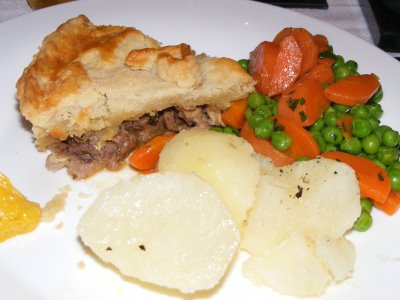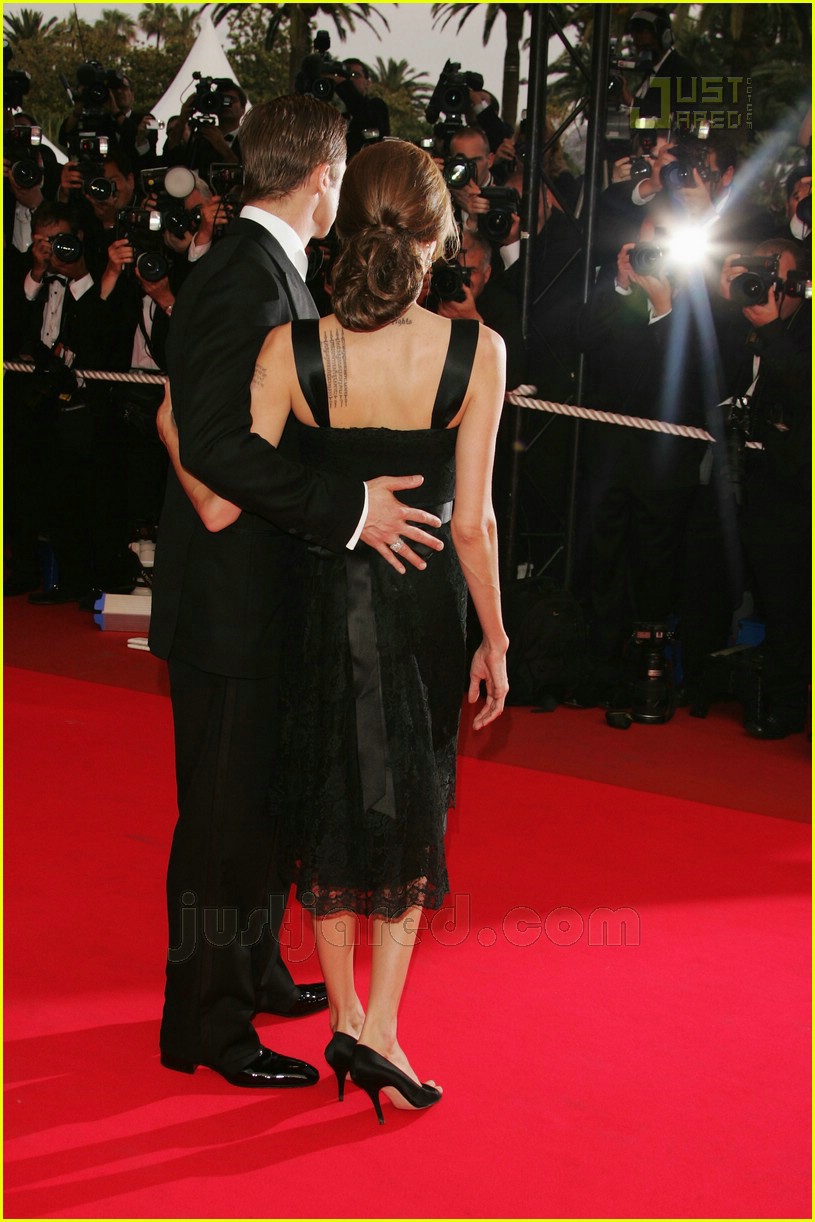
[Warning: obscenities ahead …]
Marking Glossophilia’s 100th post, we’re celebrating the wonderful world of Cockney rhyming slang.
This clever and often amusing form of speech started in the East End of London, probably in the mid-19th century (although there are references to a specific Cockney dialect dating back to the 17th century, when regional folk traditions first began to be recorded). The OED‘s first recorded use of Cockney language is dated 1776. It’s difficult to establish exactly how, when and why it originated – partly because it was spoken by street-traders, costermongers and working-class Londoners, but not written and recorded by scholars and academics. The slightly convoluted ‘code’ or system of the rhyming slang, which is explained below, makes the lingo difficult to understand by non-users, and there are various interesting theories about whether it evolved by accident or design, and from whom its originators sought to keep their communications secret. Some suggest that it was a language of thieves; others that it was used by traders to talk and collude with each other without customers or eavesdroppers being privy to their conversations. Perhaps the truth lies somewhere between the two: it could have been a way for shady tradesmen to conduct their dodgy businesses without the “Old Bill” cottoning on (London’s police force was established in 1829, at roughly the same time Cockney slang began to take root; the timing might not have been coincidental). Or the local slang might have had more innocent beginnings as fun market banter that helped maintain a sense of community.
Here’s how it works: A common word (usually a noun) is replaced with a phrase of two or three words that rhymes with it, and then the rhyming part of that phrase is (usually) taken away, leaving the non-rhyming word to serve as the slang. The omission of the rhyming word is what makes this Cockney slang so hard for outsiders to decipher. Let’s take an example that’s still in common usage: butchers is slang for look. The phrase “butcher’s hook” rhymes with look, then hook is removed. Hence a Londoner will say “I’ll take a butchers” when he’s going to take a look. Another popular one is trouble, slang for wife (“trouble and strife”...).
Cockney rhyming slang is alive and well today. Fans of British TV will hear it in many programs set in London – eg. Steptoe and Son, Mind Your Language, The Sweeney, Minder, Citizen Smith, and Only Fools and Horses. And it’s rife in EastEnders, a soap opera following the lives of people who live and work in Albert Square, a fictional market square in London’s East End. Cockney slang continues to evolve – often incorporating words and names that are relevant to the time, including contemporary celebrities and personalities. For example, “Tony Blairs” is the modern rhyming slang for “flares” (as in wide-bottomed pants or trousers), but it used to be “Lionel Blairs” (Lionel Blair was a well-known actor/TV presenter in the ’60s, ’70s and ’80s). A few words and phrases have been absorbed into more widespread English usage. To scarper (to flee, go, or run away) is understood widely as a British colloquialism; it comes from Scapa Flow = Go (Scapa Flow is a body of water in the Scottish Orkney Islands). As Wikipedia explains: “The use of rhyming slang has spread beyond the purely dialectal and some examples are to be found in the mainstream British English lexicon and internationally, although many users may be unaware of the origin of those words. One example is “berk”, a mild pejorative widely used across the UK and not usually considered particularly offensive, although the origin lies in a contraction of “Berkeley Hunt”, as the rhyme for the significantly more offensive “cunt”. ”
Listen to three Londoners slinging some Cockney rhyming slang around in this colorful video shot in a London pub:
Cockney Rhyming Slang
Thanks to Fun-With-Words.com for this list of some of the most common – and amusing – examples of rhyming slang still in popular usage today.
Apples and Pairs – Stairs – “I’m too old for those apples”
Army and Navy – Gravy – “Pass the army, will you?”
Bacon and Eggs – Legs – “She has such long bacons.”
Barnet Fair – Hair – “I’m going to have my barnet cut.”
Brahms and Liszt – Pissed (BrE, as in drunk)
Bees and Honey – Money – “Hand over the bees.”
Biscuits and Cheese – Knees – “Ooh! What knobbly biscuits!”
Bull and Cow – Row (as in argument) – “We don’t have to have a bull about it.”
Butcher’s Hook – Look – “I had a butchers at it through the window.”
Cobbler’s Awls – Balls – “You’re talking cobblers!”
Crust of Bread – Head – “Use your crust, lad.”
Daffadown Dilly – Silly – “She’s a bit daffy.”
Hampton Wick – Prick – “You’re getting on my wick!”
Khyber Pass – Arse – “Stick that up your Khyber.”
Loaf of Bread – Head – “Think about it; use your loaf.”
Mince Pies – Eyes – “What beautiful minces.”
Oxford Scholar – Dollar – “Could you lend me an Oxford?”
Pen and Ink – Stink – “Pooh! It pens a bit in here.”
Rabbit and Pork – Talk – “I don’t know what she’s rabbiting about.”
Raspberry Tart – Fart – “I can smell a raspberry.”
Scarpa Flow – Go – “Scarpa! The police are coming!”
Trouble and Strife – Wife – “The trouble’s been shopping again.”
Uncle Bert – Shirt – “I’m ironing my Uncle.”
Weasel and Stoat – Coat – “Where’s my weasel?”
~~~~~~~~~~~
Finally, here are some gems picked especially for Glossophilia readers:
Dicky bird – Word – “I didn’t say a dicky bird!”
Porkies / Pork pies – Lies – “Have you been telling porkies again?”
and finally …
Septic tank – American (Yank) – “Last I heard, she took up with a septic.”
* and in case you’re wondering about the title of this post: Brahms and Liszt = Pissed (BrE, as in drunk)
***













